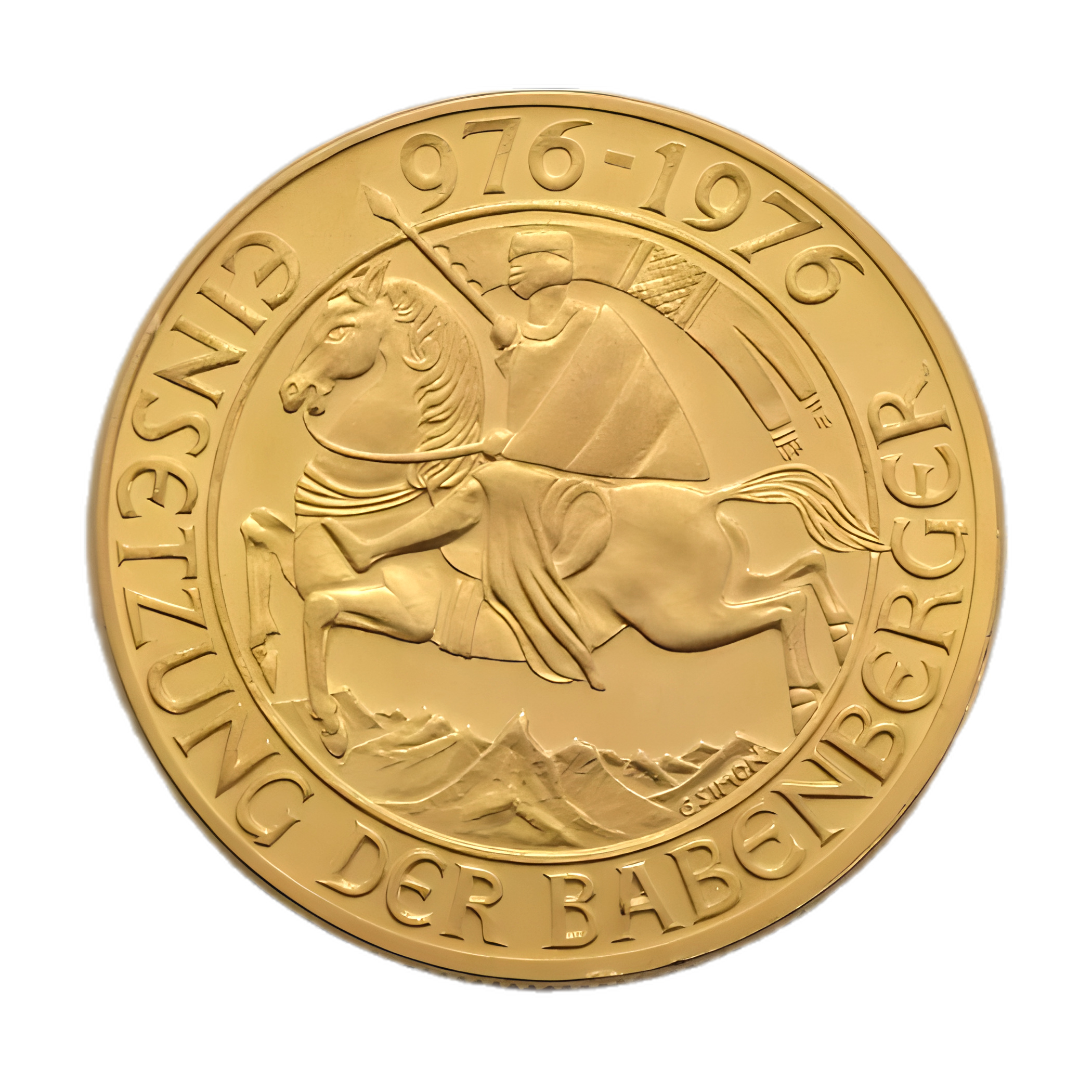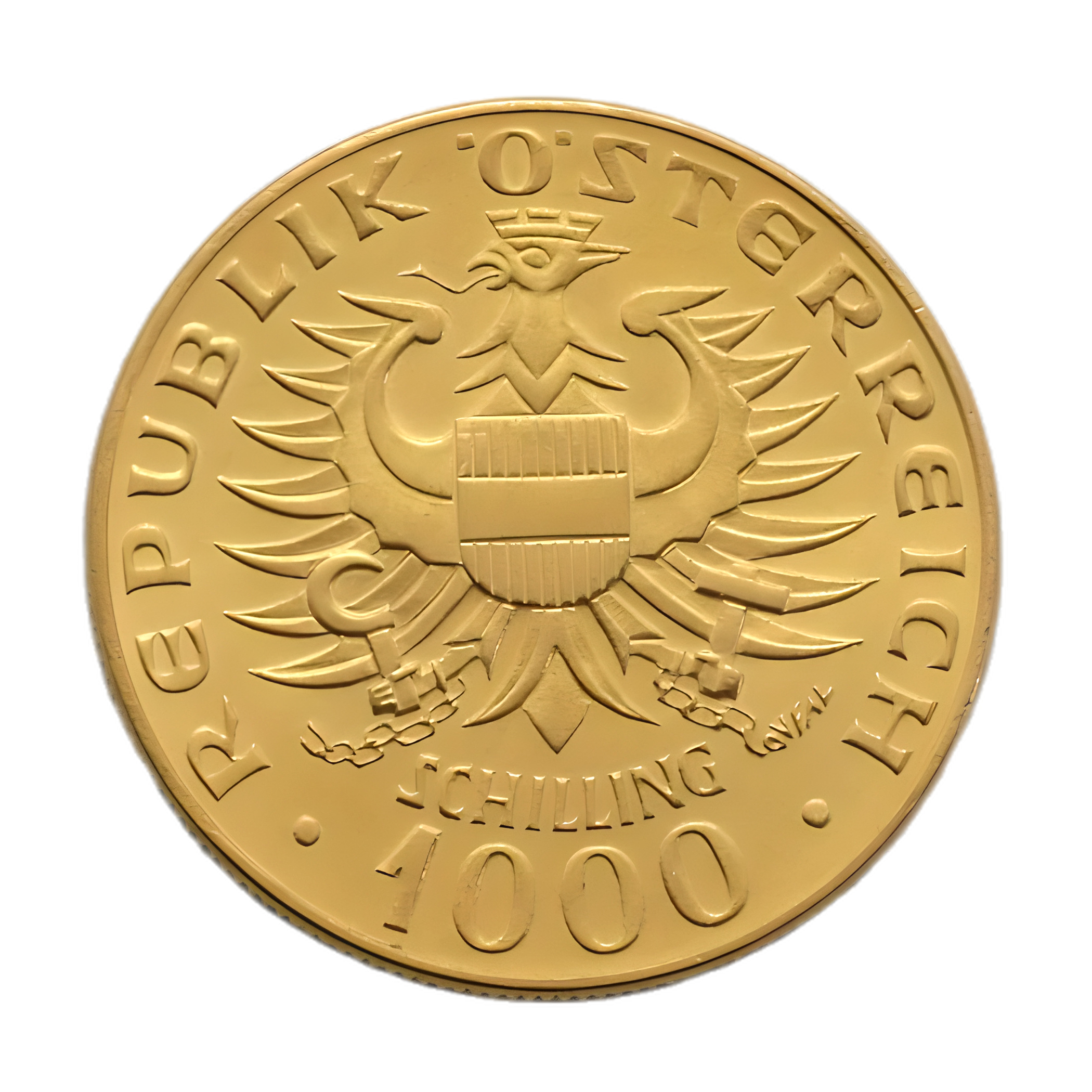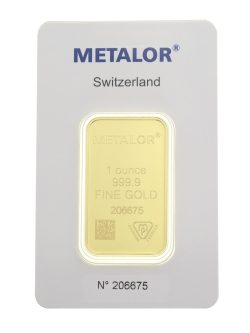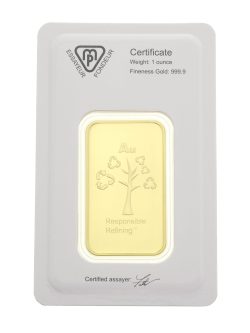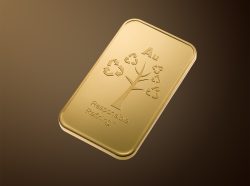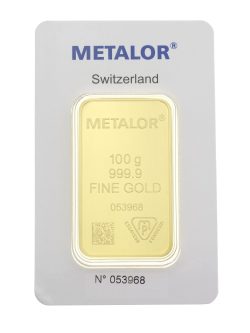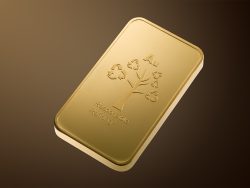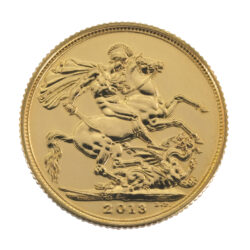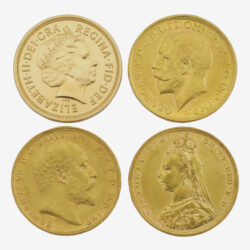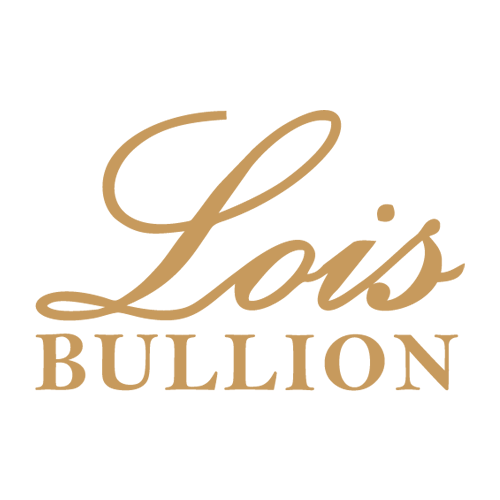Description
The Austrian 1000 Schilling was first minted by the Austrian Mint in 1976. It commemorates the 1000 years that have passed since the start of the Babenberg Dynasty. In 1976, it was the first time a coin with a face value of 1000 Schillings was produced, which was more symbolic at the time, representing the millennium of the Austrian rulers between 976 and 1246.
The Babenberg Dynasty was one of the most prominent dynasties in Medieval Europe, wielding significant power and influence. The Babenberger originally stem from Bamberg. In 976, they were used as Marquis and Dukes in Austria by the then Emperor Otto II. They ruled in Austria until 1246, when the dynasty of the Marquises and Dukes of Babenberg became extinct. They were also the ones who allied Austria with the powerful Byzantine Empire. Another important aspect of this dynasty is that it built the first Gothic palace on the Danube, in Klosterneuburg, and was responsible, in part, for the multinational character of the Habsburg Empire.
The 1000 Schilling gold coin is 90% pure gold with a gross weight of 13.5g. The obverse of this coin features the mighty heraldic eagle, the national emblem of the Republic of Austria, with a mural crown and shield on its chest. In its beak, it holds a broken chain, and on its chest, it bears the symbols of the peasant and working classes. The reverse of this coin features a rider holding a shield and banner on a horse galloping left. Alpine landscape in the background below.

